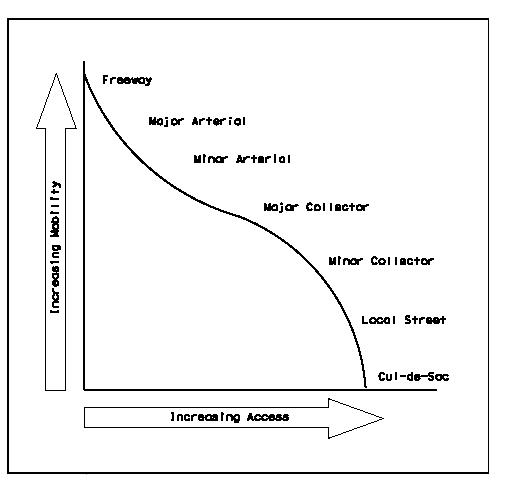Chapter 1: Access Management General
Anchor: #BGBHGFGASection 1: Introduction
NOTE: The information contained in this manual is in the process of being updated to reflect recent changes to Chapter 21 of the Texas Property Code and Chapter 2206 of the Texas Government Code, and may not accurately reflect current law or department procedures. Please contact the Design Division at 512-416-2678 for more information.
Anchor: #i1004049Non-discrimination
TxDOT policy is to ensure that no person in the United States of America shall on the grounds of race, color, national origin, sex, age or disability be excluded from the participation in, be denied the benefits of or otherwise be subjected to discrimination under any of our programs or activities.
Anchor: #i998774Applicability
The access management criteria contained in this manual are applicable to all classes of state highways. This manual also provides a mechanism for municipalities to be granted permitting authority to the state highway system. Municipalities that choose to handle access permitting for state highway system roadways within their jurisdiction can either develop their own access management guidelines or they can adopt the guidelines contained in this manual. Because they have authority to implement su
bdivision and zoning regulations, municipalities also have the ability to apply a host of access management techniques: shared access, cross access, lot width requirements, driveway throat length, internal street circulation, and general thoroughfare planning. It is through a cooperative relationship between the Department and municipalities that the safety and operational benefits of access management can be fully realized. The following subsection provides an overview of access management and discusses some of its principles.
Anchor: #i998814Overview
Proper access management assists in protecting the substantial public investment in transportation by preserving roadway efficiency and enhancing traffic safety, thus reducing the need for expensive improvements. Furthermore, access management can significantly reduce traffic accidents, personal injury, and property damage. To appreciate how access management fits into the entire spectrum of the roadway network, one should understand that freeways, arterials, collectors, and local streets serve varying levels of through-traffic movement and access to property (see Figure 1-1).
- Freeways - provide the highest level of mobility and are intended to carry the greatest amount of traffic at the highest speeds. Accordingly, freeway mainlanes provide no direct access to property and access to the freeway mainlanes is provided only at interchanges and ramps.
- Arterials - provide the next highest level of mobility and are intended to carry substantial amounts of traffic over relatively long distances and at relatively high speeds. Direct property access may be provided but must be carefully managed to preserve arterial mobility and avoid creating unsafe and congested traffic operations.
- Collectors - provide lower mobility and are intended to carry lower volumes of traffic at lower speeds. Since most of the trips on collectors are shorter distance local trips, these streets can safely provide a higher amount of property access.
- Local streets - provide the lowest
level of mobility and are intended to provide direct access to properties,
preserve the neighborhood environment, and enhance pedestrian and
bicycle safety.
Figure 1-1. Access Function 1
